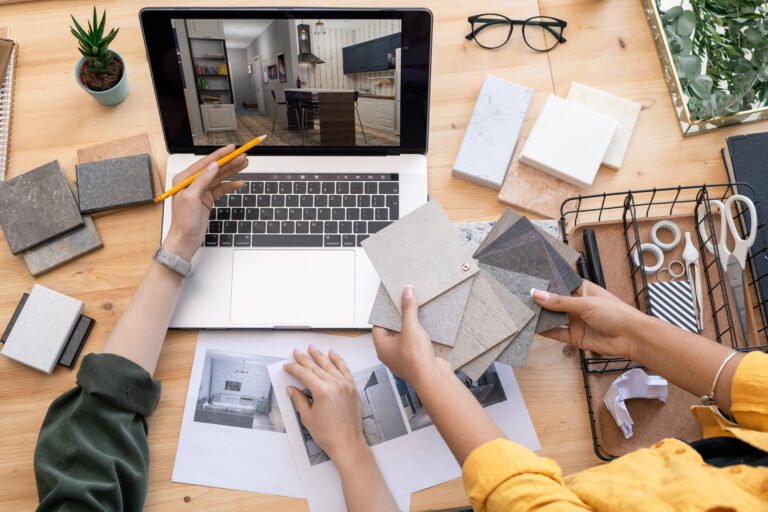Emerging Interior Design Trends for 2025
This year, several key trends are emerging, reflecting a harmonious fusion of natural elements, technological advancements, and sustainable practices. Homeowners are increasingly drawn to designs that incorporate biophilic elements, such as indoor gardens and natural light, creating a tranquil environment that promotes well-being.
In addition to biophilic design, the use of smart home technology is on the rise. Innovations such as automated lighting systems, smart thermostats, and integrated sound systems are becoming essential features in modern custom homes, enhancing both convenience and energy efficiency.
Choosing the Right Materials for Your Custom Home
When building a custom home, selecting the right materials is crucial to achieving both aesthetic appeal and durability. High-quality materials not only enhance the visual aspect of your interiors but also contribute to the overall longevity of the structure.
Consider options like reclaimed wood, which adds character and sustainability, or energy-efficient windows that improve insulation. Each choice should reflect your personal style while also aligning with contemporary design trends, ensuring your home remains timeless and functional.
Maximizing Space in Custom Home Design
Space optimization is a vital aspect of custom home design, especially in urban settings where square footage can be limited. Creative solutions such as open floor plans, multifunctional furniture, and built-in storage can help maximize the usability of every area.
Incorporating features like lofted spaces or under-stair storage can also enhance the functionality of your home. By thoughtfully designing each room, you can create an inviting atmosphere that feels spacious and organized, catering to your lifestyle needs.
Integrating Sustainability into Interior Design
Sustainability is becoming a cornerstone of modern interior design, with many homeowners seeking eco-friendly options for their custom homes. This includes using sustainable materials, energy-efficient appliances, and incorporating designs that reduce environmental impact.
For instance, utilizing low-VOC paints, sustainably sourced wood, and energy-saving lighting can significantly lower your home's carbon footprint. By prioritizing sustainability, you not only create a healthier living environment but also contribute positively to the planet.

